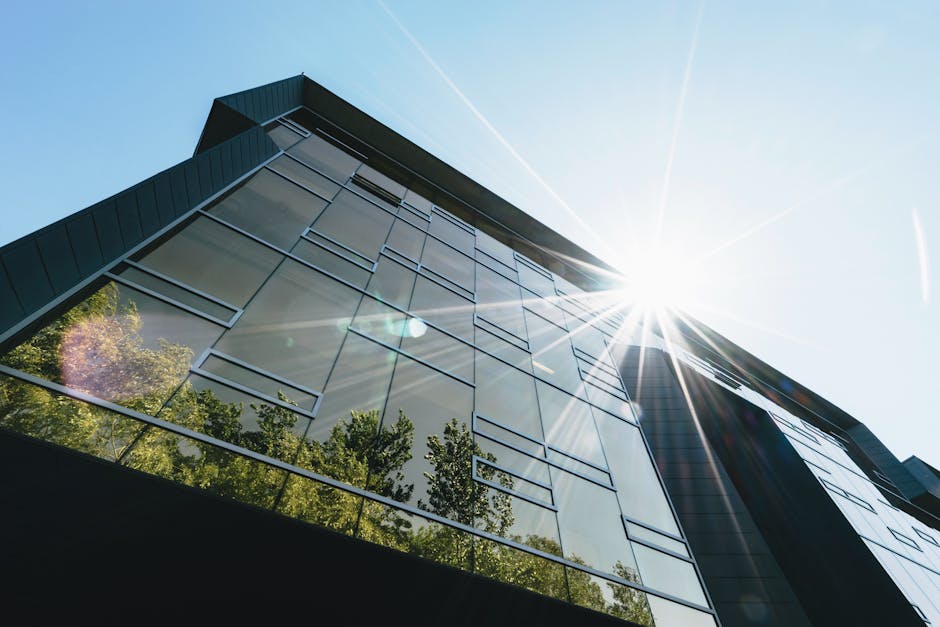
Revolutionary Urban Planning: Maximizing Green Spaces in Cities
Urban planning plays a crucial role in shaping the way cities function and the quality of life for their residents. Traditional urban planning often focused solely on meeting the needs of a growing population, leading to an environment dominated by concrete and skyscrapers, with little room for nature. However, a new approach is emerging - revolutionary urban planning that prioritizes the creation and preservation of green spaces within cities.
Maximizing green spaces in urban areas has numerous benefits for both residents and the environment. First and foremost, it enhances the overall well-being and mental health of city-dwellers. Access to nature has been proven to reduce stress, increase happiness, and improve overall cognitive function. By incorporating parks, gardens, and urban forests into the urban fabric, revolutionary urban planning ensures that people have easily accessible spaces to relax, exercise, and connect with nature.
Moreover, green spaces contribute immensely to the sustainability and environmental health of cities. They act as natural filters, improving air quality by absorbing pollutants and releasing oxygen. They also mitigate the urban heat island effect by providing shade and cooling the surroundings. Additionally, green spaces promote biodiversity by offering habitat for various species of plants and animals, aiding in the preservation of local ecosystems.
Revolutionary urban planning embraces innovative design concepts to maximize green spaces within cities. One strategy involves integrating green roofs and walls into buildings, transforming them into vertical gardens that not only add aesthetic value to the urban landscape but also improve air quality and provide insulation. Another approach is the creation of rooftop gardens, offering communal spaces for relaxation and socializing while reducing the carbon footprint of buildings.
In addition to these features, revolutionary urban planning allocates larger spaces for public parks and emphasizes the interconnection of green areas throughout the city. By designing interconnected park systems and green corridors, people can navigate the city while enjoying a seamless transition between built and natural environments. This approach encourages active modes of transportation, like walking or cycling, which further contributes to a healthier and more sustainable urban living experience.
Revolutionary urban planning places a high value on the preservation of existing green spaces as well. It involves protecting and revitalizing natural landscapes, such as forests, wetlands, and waterfronts, and ensuring their integration into urban areas. This not only contributes to the overall aesthetic appeal of cities but also maintains the ecological balance and enhances resilience in the face of climate change and other environmental challenges.
